
krytox Lubricants Properties Stability
Chemours Krytox Lubricants Properties Stability
One of the greatest advantages of using Chemours Krytox lubricants is stability in a wide variety of operating conditions and environments. This inert nature is what allows Krytox oils and greases to outlast and outperform competing hydrocarbon products.
Krytox lubricants are Nonflammable
Standard Krytox lubricants contain only carbon, oxygen and fluorine, whereas hydrocarbons contain hydrogen . The absence of hydrogen greatly increases the stability of the lubricants and renders them nonflammable. They will not burn or support combustion, even in an environment of 100% liquid or gaseous oxygen. Chemically Inert
Krytox performance lubricants are not only resistant to oxygen but they are also inert to virtually all chemicals used in a variety of industries. They are insoluble in most solvents but are soluble in highly fluorinated fluids and some supercritical fluids such as CO2.
Krytox Lubricants Compatibility with Oxygen
At elevated temperatures and pressures, PFPE oils are highly resistant to attack by gaseous and liquid oxygen. As a result, Krytox oils and greases have become preferred lubricants in the oxygen manufacturing industry and in those industries that use oxygen.
Krytox lubricants do not react with gaseous oxygen under shock loading or with liquid oxygen (LOX), nitrogen tetroxide or inhibited red fuming nitric acid in impact tests . LOX impact tests were conducted in accordance with ASTM D-2512. Other impact tests conducted at 214 J/cm2 (200 ft·lb/in2), according to the method described in ASTM Bulletin 250, also showed no reaction.
Krytox lubricants have also been evaluated by the BAM Federal Institute for Materials Research and Testing in Germany for reactivity with gaseous and liquid oxygen under pressure . Table 4, “Oxygen Compatibility of Chemours Krytox Lubricants,” shows oxygen compatibility of Krytox lubricants.
Krytox Lubricants Radiation Stability
Krytox oils are remarkably stable to radiation when compared with many materials used as lubricants or power fluids. Irradiation of Krytox lubricants causes minor depolymerization, with a consequent reduction in viscosity and formation of volatile products but not solids or sludge. In one test exposure of a Krytox sample to an electron bombardment of 107 rad at ambient temperature in air resulted in a viscosity decrease of only 8%. The irradiated sample contained no sludge and was unchanged in appearance.
| Oxygen Compatibility of Chemours Krytox Lubricants | Table 4 | |||
| Test Type | Temperature, °C (°F) | Oxygen Pressure, MPa (psi) | Impact Energy, J (ft·lb) | Test Result |
| Ignition in gaseous oxygena | 400 (752) | 13 (1,886) | No ignition | |
| Pressure drop in gaseous oxygen bombb | 99 (210) | 0 .7 (100) | No pressure drop after 600 hr | |
| Mechanical impact in liquid oxygen | Ambient | 98 (72) | No reaction in 20 trialsc,d,e | |
| Mechanical impact in liquid oxygen | Ambient | 122 (90) | No reaction in 10 trialsa | |
| Mechanical impact in liquid oxygen | Ambient | 736 (543) | No reaction in multiple trialsf | |
Krytox Lubricants Thermal and Oxidative Stability
The temperature at which thermal decomposition of Chemours Krytox lubricants takes place depends on the test method used and how the point of incipient deterioration is measured . By differential thermal analysis, deterioration occurs at about 470 °C (878 °F) in the absence of air. The isoteniscope technique shows an initial decomposition point of 355–360 °C (671–680 °F) as measured by pressure increase . At 355 °C (671 °F), the decomposition rate is approximately 0 .03% by weight per day. At 399 °C (750 °F), the decomposition rate increases to 1 .30% by weight per day . When tested under nitrogen for 6 hr at 371 °C (700 °F), Krytox showed no increase in neutralization number and no significant change in viscosity .
The presence of air does not substantially lower the decomposition point of Krytox lubricants. However, in the presence of certain metal oxides depolymerization of the oil can start as low as 288 °C (550 °F). During depolymerization gaseous decomposition products are emitted and the remaining fluid is less viscous, but no sludge or gummy deposits are formed. In most applications, Krytox oils have proven serviceable for long periods of time at continuous temperatures up to 350 °C (662 °F) and intermittent temperatures of 399 °C (750 °F).
Krytox Lubricants Compatibility with Metals
Because of their low surface tensions, Krytox lubricants easily wet metallic surfaces. Krytox lubricants are chemically inert, and therefore, they have no adverse effect on metals when the temperature is below 288 °C (550 °F). Above this point the following metals can be used with Krytox: many alloy steels, stainless steels, titanium alloy, nickel alloy, and cobalt alloy.
Krytox Lubricants Stability to Lewis Acids
Some depolymerization of all PFPE oils occurs at elevated temperatures in the presence of aluminum trichloride, iron or zinc chlorides, iron fluoride, and boron trifluoride. These Lewis acids, primarily seen in semiconductor manufacturing environments, have significantly less effect on Krytox than on competitive fluids due to its molecular structure. Additional data is available upon request.
Krytox Lubricants Mechanical Stability
Chemours Krytox greases have excellent mechanical stability in bearings. They neither break down under mechanical stress nor lose their ability to hold oil . To demonstrate, the greases were mixed in a grease worker for 60, 10,000 and 100,000 strokes and tested for changes in hardness. All greases tested had changes of less than 20 points on the NLGI penetration scale and were within 1/2 grade of their original starting point . Roll stability tests were performed according to ASTM D1831 for two hours. The penetration change was minor and was within 1/2 grade of the original starting point.
Krytox Lubricants Electrical Properties
Krytox lubricants are good insulators . Similarly, the electrical properties of additive-free Krytox greases approach those of the oils; however, incorporation of some additives may significantly alter these properties. If desired, the conductivity of the grease may be increased through the addition of a conductive additive, such as powdered copper metal.
“Liked this post? Subscribe to our newsletter and get loads more!”
Related Content:
- Krytox Performance Lubricants
- Chemours Krytox Advantage
- Chemours Krytox Lubricants Composition
- krytox Properties Lubricants Consistency
Learn How We Can Help Your Company Succeed and Grow!
-
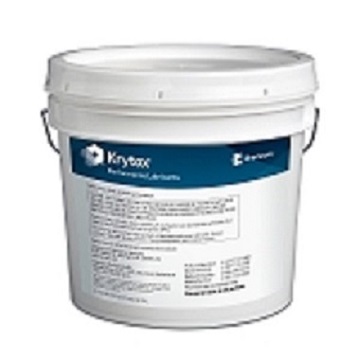
Krytox XP Greases (32)
-
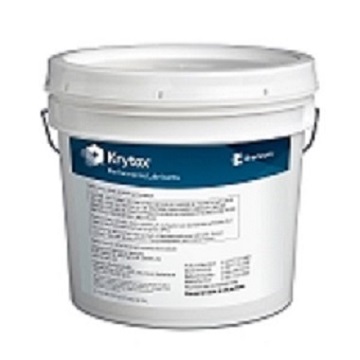
Krytox General Purpose Greases-GPL (216)
-
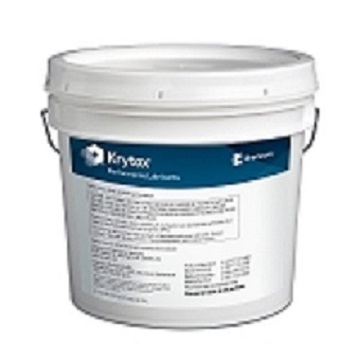
Krytox EG Series (18)
-
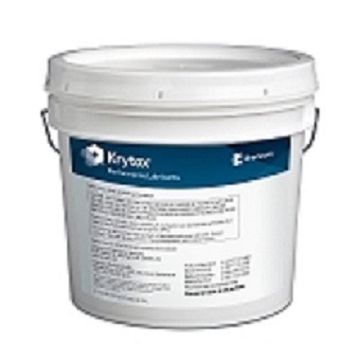
Krytox AUT Series (36)
-
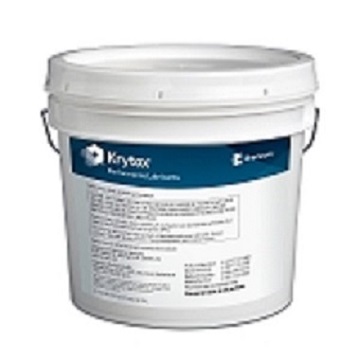
Krytox Aerospace & Aviation Greases (187)
-
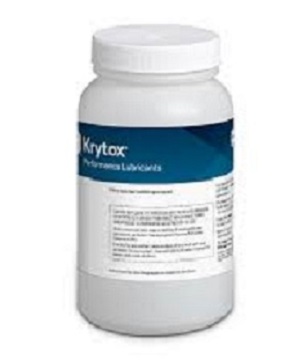
Chemours Krytox Vacuum Pump Fluid-VPF/LVP (21)
-
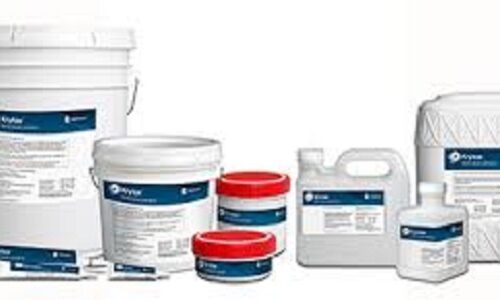
Chemours Krytox Lubricants (489)
-

Chemours Krytox Greases (489)
-
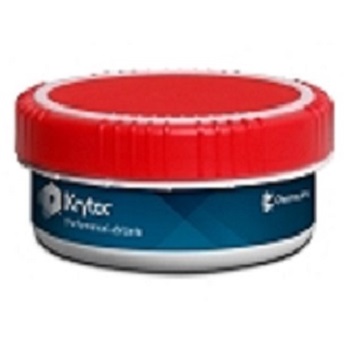
Chemours Krytox Extreme Pressure Oil-XP (32)
- Post published:February 14, 2016
- Post category:Dupont Krytox Lubricants
- Post comments:1 Comment
You Might Also Like
This Post Has One Comment
Leave a Reply Cancel reply
You must be logged in to post a comment.


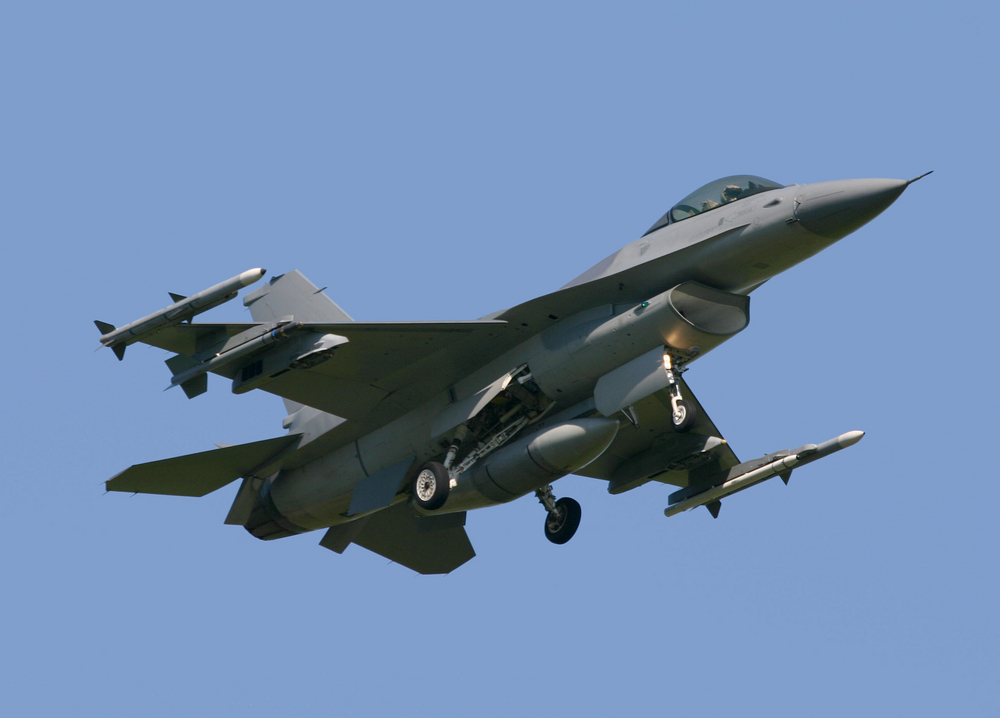

I’m impressed, I have to say. Actually hardly ever do I encounter a weblog that’s each educative and entertaining, and let me inform you, you may have hit the nail on the head. Your thought is excellent; the issue is something that not sufficient people are talking intelligently about. I’m very completely satisfied that I stumbled across this in my seek for one thing relating to this.